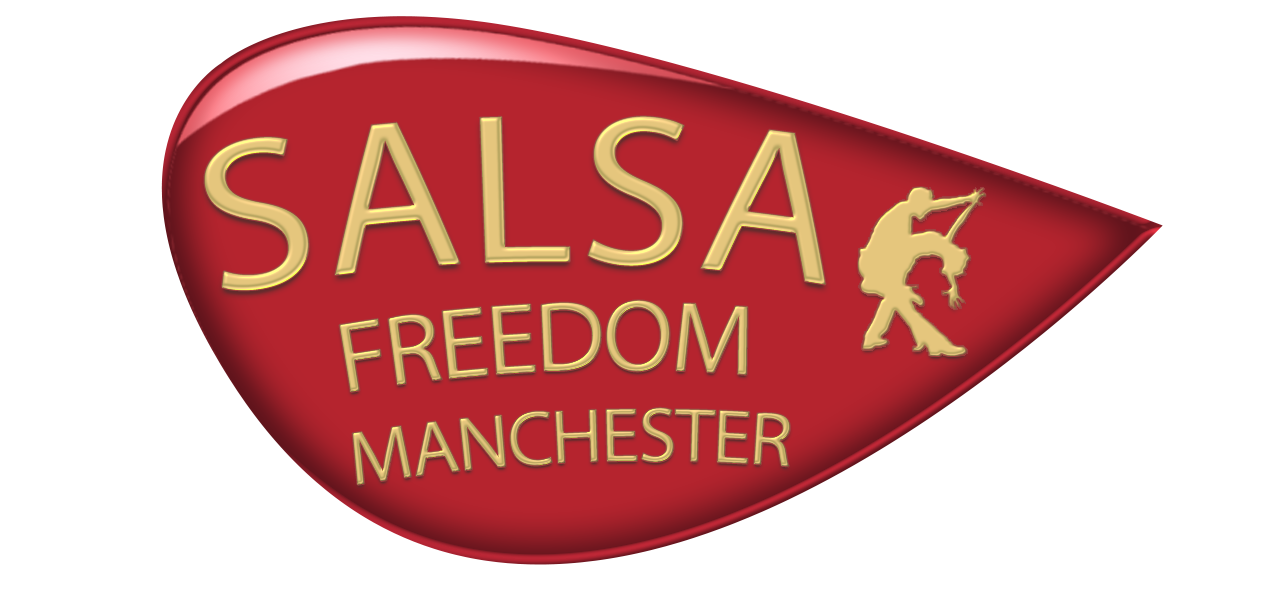1. Salsa is a Partner Dance.
2. Salsa is Danced to Latin Music.
3. Salsa Requires Balance and Spatial Awareness.
4. Salsa is a Great Way to Meet New People.
5. Salsa is a Fun and Effective Workout.
Salsa dancing is a popular dance style that originated in the Caribbean and has since spread to countries around the world. It is characterized by its lively, energetic moves and sensual, rhythmic style. If you’re thinking of trying salsa dancing, here are a few things you should know:
Salsa is a partner dance, so you’ll need a dance partner to get started. You can either bring a friend or ask someone at the dance studio or club to dance with you.
Salsa is danced to a variety of Latin music, including salsa, mambo, cha-cha, and merengue. The music is typically fast-paced with a strong beat, and the dance steps are typically syncopated to match the rhythm of the music.
Salsa involves a lot of footwork and body movement, so it’s important to have good balance and control. It also involves a lot of turns and spins, so you’ll need to have good spatial awareness and be able to follow your partner’s lead.
Salsa is a social dance, so it’s a great way to meet new people and make friends. Many salsa clubs and studios have a welcoming atmosphere and are happy to have new dancers join in the fun.
Salsa is a great workout and can help improve your cardiovascular endurance, coordination, and flexibility. It’s also a lot of fun and a great way to relieve stress and boost your mood.
So if you’re looking to try something new and exciting, give salsa dancing a try! With a little practice and determination, you’ll be salsa-ing your way around the dance floor in no time.
Salsa dancing has a rich history and cultural significance.
Salsa dancing has a rich history and cultural significance. It originated in the Caribbean, specifically in Cuba and Puerto Rico, in the early 20th century (Canning, 2010). The dance was influenced by a variety of styles, including Afro-Cuban dance, ballroom dancing, and Latin American dance (Canning, 2010). In the 1950s and 60s, salsa spread to New York City, where it was popularized by Latin American immigrants and became a fixture in the city’s nightlife scene (Canning, 2010).

Today, salsa is enjoyed by people of all ages and backgrounds around the world. It is a popular dance style at clubs and dance studios, and is often featured at festivals, concerts, and other events. There are even international salsa competitions, such as the World Salsa Championships and the Salsa World Cup (Salsa World Cup, n.d.).
One of the key elements of salsa is the connection between the dancers. “In salsa, the connection between the lead and follow is one of the most important aspects of the dance,” says professional salsa dancer and instructor Juan Matos (quoted in Canning, 2010). The lead and follow roles refer to the person who initiates the dance moves (the lead) and the person who follows and responds to the lead’s cues (the follow). The lead and follow work together to create a seamless and harmonious dance, with the lead guiding the follow through the steps and the follow reacting and interpreting the lead’s cues (Canning, 2010).
In addition to the lead and follow roles, salsa also involves a variety of footwork and body movement. The footwork includes steps such as the basic step, cross-body lead, and inside turn, while the body movement includes elements such as hip rolls, shoulder rolls, and body isolations (Canning, 2010). These elements combine to create the distinctive style and energy of salsa.
If you’re interested in learning salsa, there are a few things you can do to get started. First, find a salsa club or dance studio in your area that offers classes for beginners. Many studios offer introductory classes or workshops for people who are new to salsa. You can also look for online resources, such as instructional videos or virtual classes, to help you learn the basics.
The most important thing is to have fun and enjoy the dance. (quoted in Canning, 2010).
If you’re interested in learning salsa, there are a few things you can do to get started. First, find a salsa club or dance studio in your area that offers classes for beginners. Many studios offer introductory classes or workshops for people who are new to salsa. You can also look for online resources, such as instructional videos or virtual classes, to help you learn the basics.
Finding a Dance Partner for Salsa
It’s also a good idea to find a dance partner to practice with. As mentioned earlier, salsa is a partner dance, so you’ll need someone to dance with in order to really get the hang of it. You can ask a friend or classmate to dance with you, or you can ask someone at a salsa club or studio. Remember to be respectful and mindful of others’ boundaries – not everyone may be comfortable dancing with a stranger.
Finally, be patient and have fun! Learning a new dance style can take time and practice, so don’t get discouraged if you don’t get it right away. Salsa is a joyful and energetic dance, so embrace the spirit of the music and enjoy the experience. As professional salsa dancer and instructor Juan Matos says, “The most important thing is to have fun and enjoy the dance” (quoted in Canning, 2010).
References:
Canning, K. (2010). Salsa dancing. In Encyclopedia of Latin American and Caribbean Art (pp. 1012-1013). New York: Routledge.
Salsa World Cup. (n.d.). About us. Retrieved from https://www.salsaworldcup.com/about-us/

